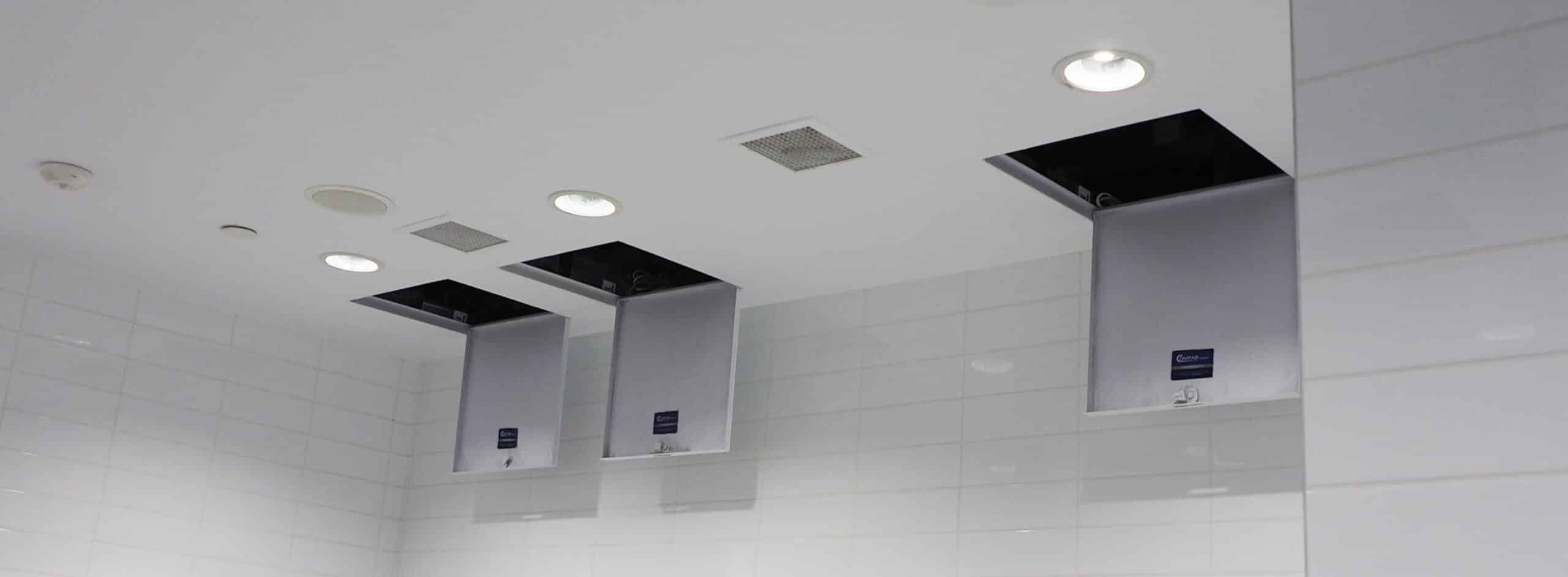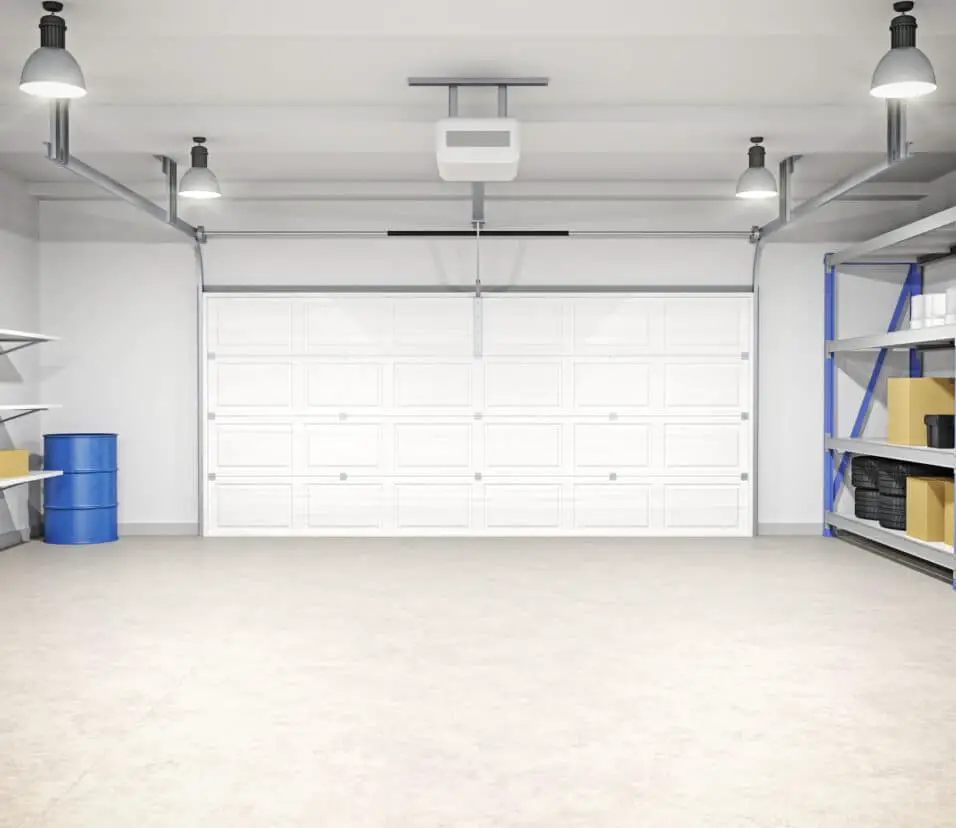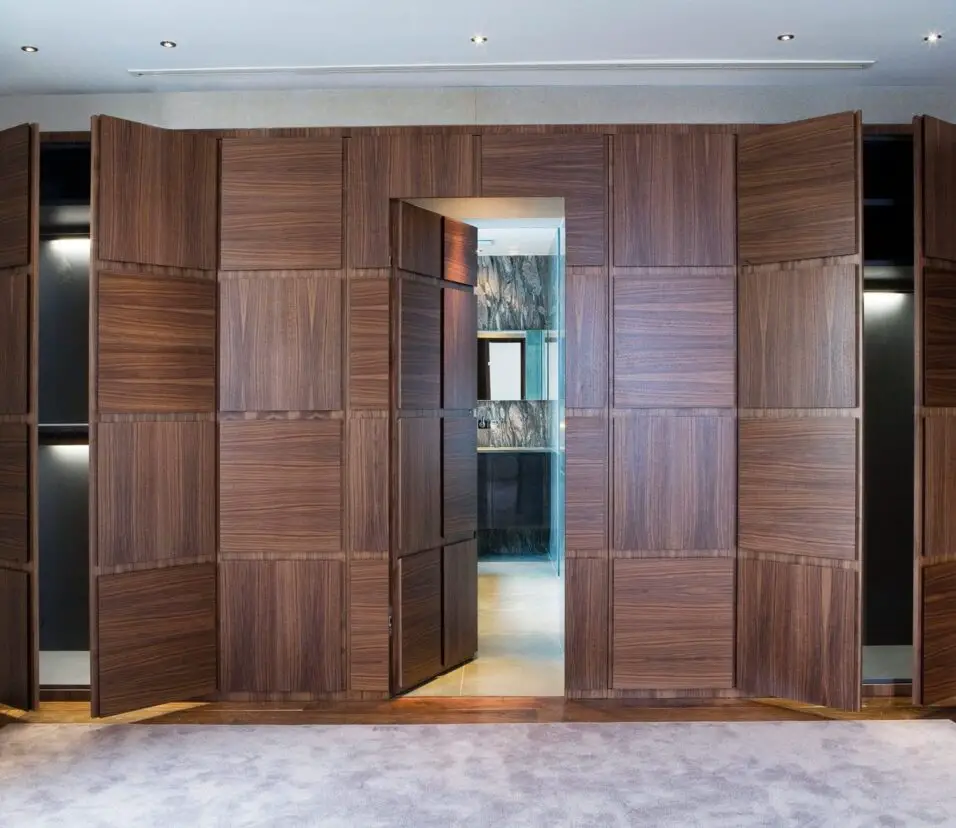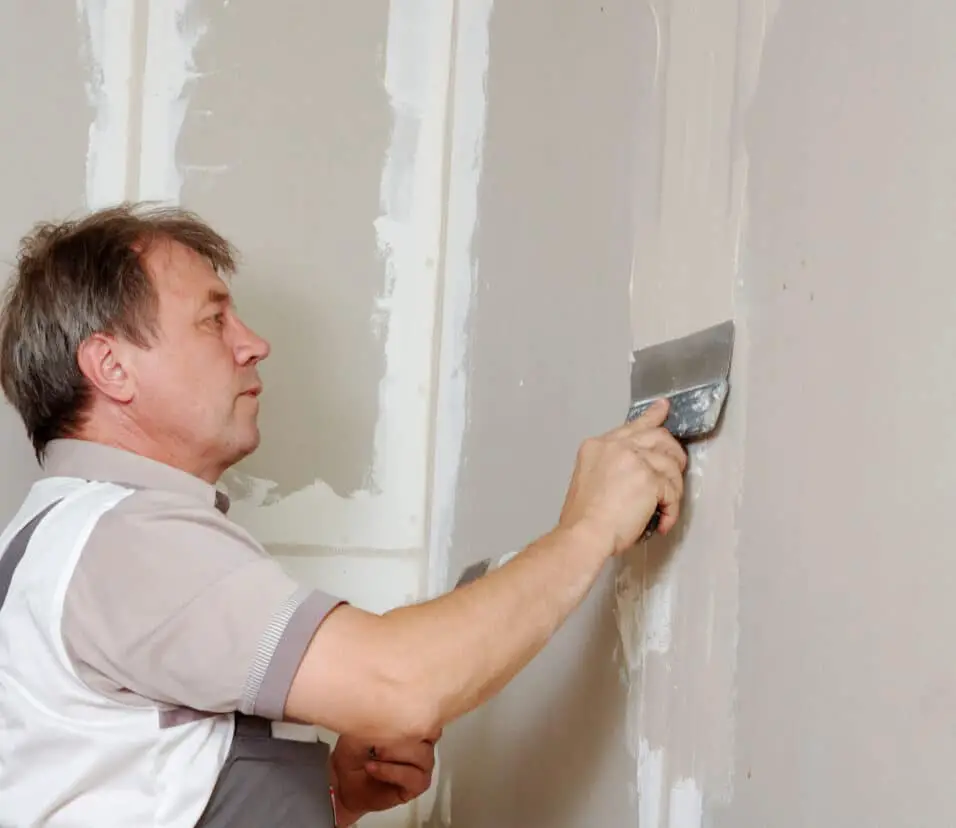How To Make A Drywall Access Panel
Introduction
How To Make A Drywall Access Panel: When it comes to home improvement projects, one task that often gets overlooked is the installation of a drywall access panel. These panels provide a convenient and discreet way to access plumbing, electrical, or HVAC systems hidden behind the walls. Imagine having to cut through the drywall every time you need to inspect or repair a pipe or wire.
Before diving into the installation process, it’s essential to select the right access panel for your specific requirements. There are various types of access panels available, including hinged, removable, and flush-mounted options. Additionally, ensure that the access panel you choose meets any building code requirements or regulations in your area.
Now that you have chosen the appropriate access panel, it’s time to proceed with the installation. Begin by measuring and marking the area where the access panel will be installed. Ensure that it is centered and at a convenient height for easy access. Use a utility knife or drywall corner saw to carefully cut along the marked lines. Take caution not to damage any underlying pipes, wires, or insulation. Finally, attach the door or cover of the access panel to the frame, ensuring it fits securely and opens smoothly.
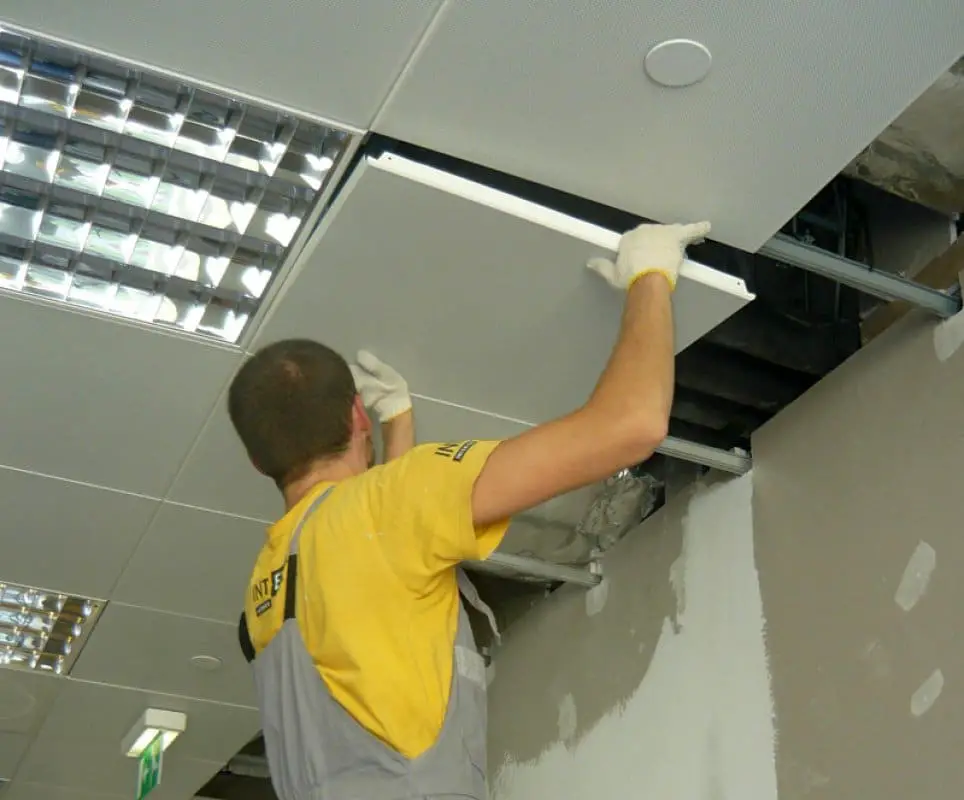
What is drywall access?
Drywall access panels fit into cutouts in drywall to conceal HVAC equipment, electrical wiring, plumbing, or other critical systems. Drywall access plays a vital role in both residential and commercial buildings.
Access panels are ubiquitous drywall access. These panels are constructed of sturdy metal or plastic and integrate smoothly with the wall. They can be inserted during construction or retrofitted into existing walls for inconspicuous access.
Access panels come in various shapes and sizes to meet needs. Some are hinged for simple opening and closing, while others are detachable for full access to the buried space. Fire-rated access panels exceed safety standards and protect walls in the event of a fire.
Building design must include drywall access for maintenance, repairs, and inspections of hidden locations. Durable access panels in various sizes and forms offer unobtrusive and simple access. Including drywall access in construction blueprints helps builders and homeowners maintain their properties and reduce damage and hassle.
Why is it called drywall?
Drywall walls are erected without water, hence its name. Plaster was laid wet, thus installers had to wait for the previous layer to cure before adding the next.
Drywall is a popular construction material. Gypsum plaster is pressed between two thick paper sheets to make a panel. This flexible material is utilized for residential and commercial walls and ceilings. As it is installed without mortar or plaster, it is called “drywall”” Instead, screws or nails hold it to the framework, giving it a fast and effective building choice.
The construction business was transformed by drywall, a cheaper and more convenient alternative to plaster walls. Drywall replaced the laborious method of laying numerous layers of wet plaster on wooden laths to build walls. Since each plaster layer had to dry before applying the next, this technique took time. Drywall removed this time-consuming process, speeding construction and lowering labor costs.
Drywall has many other benefits. First, it creates a smooth, level surface for painting or wallpapering. The drywall panels’ gypsum core makes them fire-resistant and soundproof, making them safe and useful for buildings. Repairing or replacing drywall is easy since damaged pieces may be taken out and replaced without impacting the entire wall or ceiling.
Drywall has become the norm for home and commercial interior walls and ceilings. Its price, ease of installation, and variety make it popular. Different sizes and thicknesses of drywall panels allow for customisation to meet building needs. Drywall is an economical and durable option for building walls and ceilings, whether for a little remodel or a large construction job.
What method is used to cut drywall?
Score Drywall
Drywall cutting methods
Drywall, also known as plasterboard or gypsum board, is a popular material used for interior walls and ceilings in residential and commercial construction. When it comes to installing or repairing drywall, one of the essential skills is knowing how to cut it accurately. There are several methods available for cutting drywall, each with its own advantages and considerations.
Method 1: Score and snap
The score and snap method is one of the most common and straightforward techniques used to cut drywall. It involves using a utility knife to score the front paper layer of the drywall along the desired cutting line. Once the score is made, you can then snap the drywall along the scored line, resulting in a clean cut. This method is ideal for straight cuts and is relatively quick and easy to execute.
Method 2: Jab saw
For cutting irregular shapes or making cutouts in drywall, a jab saw is often the tool of choice. A jab saw features a pointed tip and a serrated blade, allowing for precise cutting in tight spaces. This method is commonly used when installing electrical boxes, plumbing fixtures, or creating openings for windows and doors. It is important to exercise caution and use protective eyewear when using a jab saw, as the blade can be sharp and may cause injury if not handled properly.
Method 3: Rotary cutting tool
Another method for cutting drywall is by using a rotary cutting tool, such as a rotary saw or a rotary cutting bit attached to a power drill. This method is particularly useful when dealing with thicker or denser drywall. The rotary cutting tool allows for precise and efficient cutting, especially when making curved or intricate cuts. However, it is essential to use the appropriate safety precautions and follow the manufacturer’s instructions when operating power tools.
Method 4: Oscillating tool
An oscillating tool, equipped with a drywall cutting blade, can also be used to cut drywall. This versatile tool is capable of making plunge cuts, straight cuts, and even intricate cuts with ease. The oscillating motion of the blade reduces the risk of kickback and provides greater control during the cutting process. However, it is important to select the appropriate blade for cutting drywall and to wear protective gear, such as goggles and a dust mask, to minimize exposure to dust particles.
Cutting drywall requires careful consideration of the desired cut and the tools available. Whether using the score and snap method, a jab saw, a rotary cutting tool, or an oscillating tool, it is crucial to prioritize safety and accuracy. By selecting the appropriate cutting method and following proper techniques, you can achieve clean and precise cuts in drywall for your construction or renovation projects.
What kind of adhesive for access panel?
We have the best and strongest adhesives like PINKGRIP for sticking Plastic & Metal Access Panels, Scrimping tape for installing Beaded Access Panels, and a full range of plasterboard saws and caulking guns to make every job easier.
Introduction:
When it comes to installing an access panel, choosing the right adhesive is crucial for ensuring a secure and long-lasting installation. The adhesive you select should be able to withstand the weight and pressure of the access panel, as well as any environmental factors it may be exposed to. In this article, we will discuss the different types of adhesives that are commonly used for access panels and provide recommendations on which adhesive to use based on the specific requirements of your project.
Type of Adhesives:
There are several types of adhesives that can be used for installing access panels, each with its own set of advantages and considerations. One popular option is construction adhesive, which is known for its strong bonding properties and ability to adhere to a variety of surfaces. Construction adhesive is typically applied in a bead-like pattern along the edges of the access panel and provides a reliable bond that can withstand heavy loads.
Another option is epoxy adhesive, which is a two-part adhesive that requires mixing before application. Epoxy adhesive is known for its exceptional strength and durability, making it an excellent choice for access panels that will be subjected to heavy use or extreme conditions. However, it is important to note that epoxy adhesive can be more challenging to work with due to its short working time and the need for precise mixing ratios.
For projects that require a more flexible adhesive, silicone adhesive is a popular choice. Silicone adhesive offers excellent adhesion to a wide range of surfaces and can accommodate slight movements or vibrations without compromising the bond. This flexibility makes it particularly suitable for access panels that may be located in areas prone to temperature fluctuations or structural movement.
What are access panels made of?
Steel is a common material for access panels. It makes access doors and panels resistant to extreme heat and strong and sturdy. Steel access panels have a durability that most access panel materials have. Many fire-resistant access panels are made from or are part steel because of their high melting point.
Access panels are essential components used in various industries and settings to provide convenient access to concealed areas. These panels are designed to allow easy entry into walls, ceilings, or floors, enabling maintenance, repairs, or inspections to be carried out efficiently. Access panels are typically made of durable materials that ensure their longevity and functionality. The choice of materials for access panels depends on the specific requirements of the application, including factors such as fire resistance, moisture resistance, and aesthetic appeal.
One common material used for access panels is steel. Steel access panels are known for their strength and durability, making them suitable for heavy-duty applications. These panels are often used in industrial settings or areas where security is a concern. Steel access panels can withstand harsh conditions and provide excellent protection against unauthorized access.
Plastic is another material commonly used for access panels.
Plastic panels are lightweight, easy to install, and resistant to moisture, making them ideal for applications in damp environments such as bathrooms or kitchens. These panels are often made from high-quality ABS plastic, which offers good impact resistance and durability.
In some cases, access panels may be made of aluminum. Aluminum panels are lightweight yet sturdy, making them suitable for both residential and commercial applications. These panels are often used in areas where weight is a concern, such as ceilings or walls. Aluminum access panels are also corrosion-resistant, ensuring their longevity even in humid or corrosive environments.
For applications that require fire resistance, access panels may be constructed using fire-rated materials. These panels are designed to withstand high temperatures and prevent the spread of fire. Fire-rated access panels are typically made of materials such as gypsum board or steel, which have been tested and certified to meet fire safety standards.
To make a drywall access panel, you will need a few essential materials.
Firstly, you will need a piece of drywall that matches the thickness of the existing wall. This can typically be found at your local hardware store. Additionally, you will need a pencil or marker for marking the location of the access panel on the drywall.
Next, you will need a utility knife or a drywall saw to cut the opening for the access panel. A utility knife is ideal for thinner drywall, while a drywall saw is better suited for thicker drywall. You may also need a straightedge or a level to ensure accurate measurements and markings.
In order to secure the access panel to the wall, you will need screws or nails, depending on your preference. It is recommended to use screws for a more secure and durable installation. Finally, you will need joint compound and a putty knife to finish and conceal the access panel, blending it with the surrounding drywall.
How can I accurately measure and mark the location for the access panel on the drywall?
Accurately measuring and marking the location for the access panel on the drywall is crucial to ensure a precise installation. To begin, gather a measuring tape, pencil, and a level. Start by identifying the area where the access panel needs to be installed. Consider accessibility and convenience when choosing the location.
Next, measure the dimensions of the access panel itself. Take note of its width and height. Using these measurements, transfer them onto the drywall. Use a pencil to mark the corners and edges of the access panel on the surface of the drywall. Ensure that the markings are level and aligned properly.
Once the initial markings are made, double-check the measurements and alignment. Use a level to ensure the lines are straight and plumb. Adjust the markings if necessary. It is essential to be precise during this step to avoid any errors in the final installation. Taking the time to accurately measure and mark the location will result in a professional-looking and functional access panel.
What tools and techniques should I use to cut the opening for the access panel?
When it comes to cutting the opening for a drywall access panel, there are a few essential tools and techniques you should consider. Firstly, you will need a utility knife with a sharp blade to score the outline of the panel on the drywall. Make sure to measure and mark the dimensions accurately before scoring the lines. This will create a guide for the next step.
Once the outline is scored, you can use a drywall saw or a keyhole saw to carefully cut along the lines. Take your time and use smooth, controlled motions to avoid damaging the surrounding drywall. It’s important to note that using a saw with a retractable blade can be beneficial as it allows for easier maneuverability in tight spaces.
After cutting the opening, you may need to use a rasp or sandpaper to smooth any rough edges. This will ensure a clean and precise fit for the access panel. Remember to wear protective goggles and a dust mask during the cutting and sanding process to safeguard yourself from any potential hazards.
Are there any specific steps or precautions to follow when installing the access panel into the drywall?
When it comes to installing an access panel into drywall, there are a few important steps and precautions to keep in mind. First and foremost, it is crucial to carefully measure and mark the location for the access panel on the drywall. This ensures that the panel is placed in the most convenient and accessible spot. Use a level to ensure the markings are straight and accurate.
Once the location is marked, it’s time to cut the opening for the access panel. Use a utility knife or a drywall saw to carefully cut along the marked lines. Take your time and make precise cuts to ensure a clean and neat opening. Remember to wear safety goggles and gloves to protect yourself from any potential injuries.
After the opening is cut, it’s time to install the access panel. Apply a bead of construction adhesive along the edges of the panel and press it firmly into the opening. Make sure it is flush with the surrounding drywall. Use screws or nails to secure the panel in place, following the manufacturer’s instructions. Finally, give the adhesive enough time to dry before attempting to use the access panel.
When installing the access panel, it’s important to take precautions to avoid damaging the surrounding drywall. Be gentle when cutting and installing the panel to prevent any cracks or breaks in the drywall. Additionally, ensure that the panel is securely fastened to prevent any accidental openings or instability. Following these steps and precautions will result in a properly installed access panel that provides easy and convenient access to the desired area behind the drywall.
Are there any specific steps or precautions to follow when installing the access panel into the drywall?
For safety and success, installing an access panel in drywall needs to be done in a number of steps. These tips will help you plan well while keeping the drywall safe.
Measure and mark the hole. Use a pencil or marker to mark on the drywall where the access panel will go and how big it needs to be. Make sure the numbers are correct by doing them again. Be careful when you use a tool knife or drywall saw to cut the lines. Do not hit the walls hard. Wear masks and gloves to protect your eyes from debris.
Third, put the cut access panel in place. After gluing the sides of the panel together, carefully place it in the hole. Make your connections strong. Maybe a screw or nail will hold the panel in place. Do not tighten screws or nails too much, or they could break the walls.
Last touches: After placement, match the access panel to the drywall. Gaps and seams can be sealed by putting a thin layer of joint cement or spackle along the edges of the panels. A putty knife can be used to smooth and level the material. Carefully sand the solution for a perfect finish after it has dried. Paint and primer that fit the wall.
Follow these steps and be careful when installing an access panel into drywall. Carefully measure, use the right tools, and take your time to get an expert finish. Your access panel will match the walls and be easy to get to if it is placed and finished.
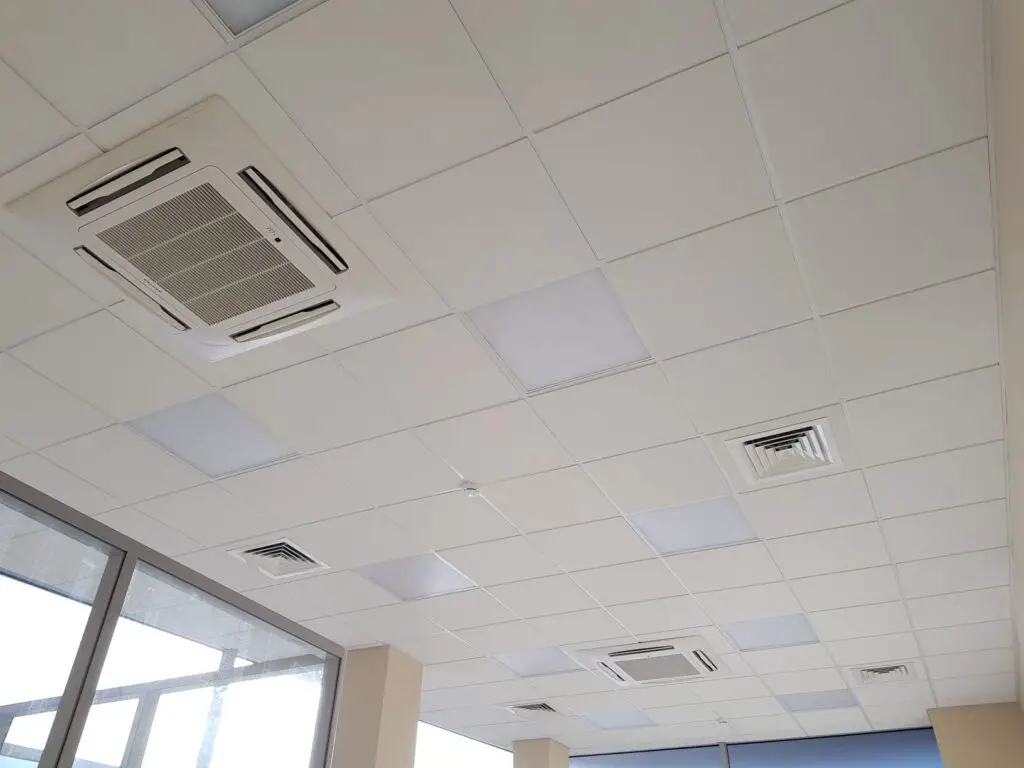
Conclusion
Anyone can use a plaster access panel that they make themselves. By following the steps, you can make a beautiful and useful access panel for places behind walls that are hidden. A well-made access panel can make storing, plumbing, and electricity easier.
Get a plywood access panel for less money by making your own. Access panels that are already made but have unique sizes and designs cost a lot. By making it yourself, you can save money and keep track of the product. If you make your own access panel, you can change it to match your style or decor, making sure it fits in perfectly. DIY projects are also great because they access panel let you make an entry panel. Finding the right size, cutting, and putting up the access door can be fun. People are also taught skills and strategies for future projects.
Lastly, drywall access panels that you make yourself might last longer. With good materials and directions, you can make an access panel that will last. You can feel safe knowing that you made an answer that will work and last. Making a drywall access panel is a useful and inexpensive way to get to places behind walls that are out of reach. Its benefits are lower costs, more choices, personal happiness, and long life. If you follow the directions and put in the work, you can make an access panel that is both useful and beautiful that will help you find your way.



